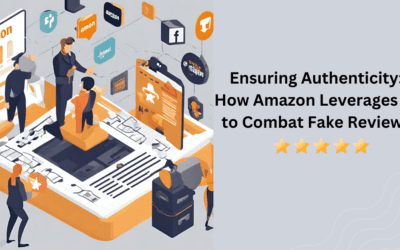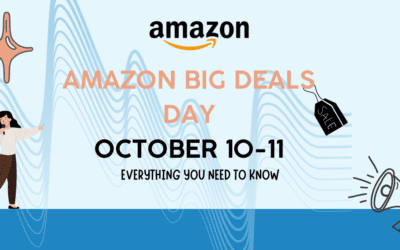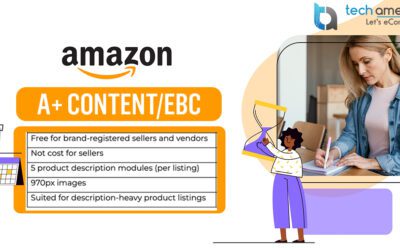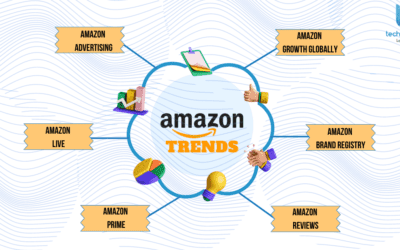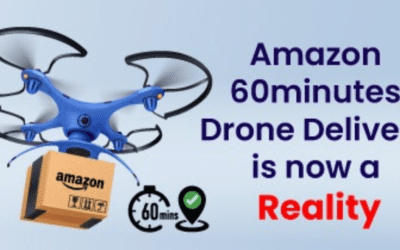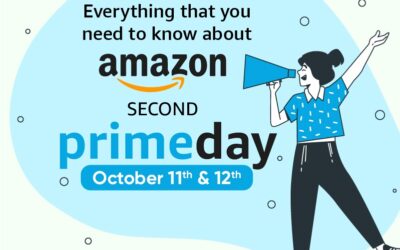Amazon FBA Guide for Sellers

Amazon wants to provide the customers with the best service and a varied range of products and to serve that purpose they created FBA (Fulfillment by Amazon). This storage and fulfillment option allows sellers to benefit from 2-day shipping and the Prime badge, and benefits customers to receive their orders quickly.
Amazon FBA is something that gets your attention as an immersing business in this competitive marketplace. We have listed down answers to most of your questions for the growth and development of your E-Commerce business.
What is FBA?
An Amazon service that is offered for third-party sellers to automate their fulfillment and shipping is in a general sense well known as FBA (Fulfillment by Amazon).
Let us peep into the process from the seller’s side – For storage purposes, the seller sends their inventory to Amazon. Once a customer places an order, that’s when Amazon comes into action from picking the order, packaging, and shipping, as well as Amazon, will handle returns and refunds and customer service.
How Does It Work?
- Firstly, go to Seller Central dashboard and set up a shipping plan
- Under FBA guidelines, you need to ship your products to Amazon
- Once the products reach Amazon’s warehouse, the inventory is straightened out
- As and when demanded the products may be delivered to other geographical locations
When your product inventory is logged into Amazon’s database, product listing is activated, and you can then initiate advertising of those listed products. Many sellers opt for Pay Per Click (PPC) campaigns.
When the order for a product is placed, the seller and the customer both will receive the tracking information from Amazon for every order.
FBA Costs to Get Started :
There are two plans to choose from while registering for it, one is individual, and the second is professional. The plan you choose mostly depends on the amount of inventory you count on selling.
The individual plan is specially chosen by those sellers who sell fewer than 40 products per month or if you’re still indecisive on what to sell. This plan can cost you $0.99 per sale.
While the professional plan allows the seller to sell with no limit you and for that Amazon charges $39.00 per month. This is suitable for those who sell more than 40 products per month. The sellers who go for this plan will gain access to APIs and more selling reports through their dashboards. This is also one of the best options if you want to use programs such as Launchpad.
There are additional fees for storage which are updated annually.
What You Need to Get Started :
Before you begin your registration, make sure you have got the following information in your hand:
- Bank account number and routing number
- Phone number
- Credit card
- Tax information
- Government-issued national ID
The Pros:
Convenient and Time Saving:
Amazon FBA can help you save time and money in future. Amazon is taking care of all the logistics after the sale is made and handling returns, refunds and also offers customer service. This will give you access time for you to shift your focus on other important aspects of your business.
Fast Delivery:
FBA products are eligible for free two-day shipping with Amazon Prime, as well as free shipping on eligible orders for all Amazon customers.
Customer Support:
Amazon handles customer service for those sellers who opt for FBA and offers customer support 24×7.
Build Confidence, Trust, and Reliability:
Customers know that when they place their order, they will receive their purchase in a pre-specified manner.
Algorithm:
Amazon’s algorithm is in favor of FBA sellers, which gives the seller higher chances of appearing on top in search results. This can help in increasing visibility and sales.
Returns and Refunds:
FBA sellers also have the privilege of Amazon handling their returns and refunds because it is considered a part of the FBA process.
The Cons:
Fees:
There is a monthly fee that you will need to pay to avail the advantages of this service (depending on the plan you sign up for: individual or professional). There will be additional storage fees.
Payments Less Your Fees:
Amazon will deduct all fees you owe to them before making a payment to you. If you don’t have enough money to pay for the fees, then Amazon will charge those fees on the Credit card you have on file to pay off the outstanding amount.
Potential Delays and Inventory Issues:
During holiday seasons there may be a little chance of delay due to the high volume of sales. You must keep your sharp eye on the inventory level to avoid going out of stock.
Less Branding:
All the boxes shipped out have Amazon’s branding, so you have to get along with the fewer branding opportunities in FBA.
Product Preparation Requirements:
Amazon has a strict list of requirements for products to be stored in their warehouse. These requirements are meant to be followed by the sellers like how items are packaged, proper labeling instructions, and more.
Recent Posts
- Mastering Amazon Product Photography: Key Considerations for Optimal Results
- Unlocking Success: The Importance of Amazon Listing Optimization for Increased Sales
- A Guide to Amazon Listing Optimization in 2024
- Capturing Commerce: The Impact of Product Photography on Ecommerce Growth
- A Complete Guide to E-commerce photography, Tips and Tricks
